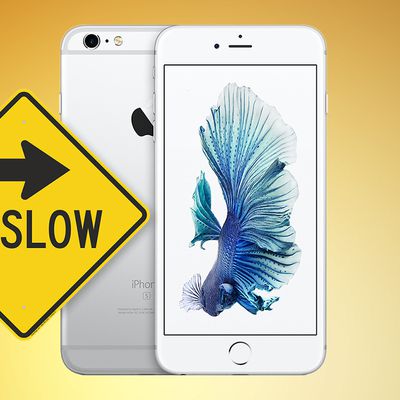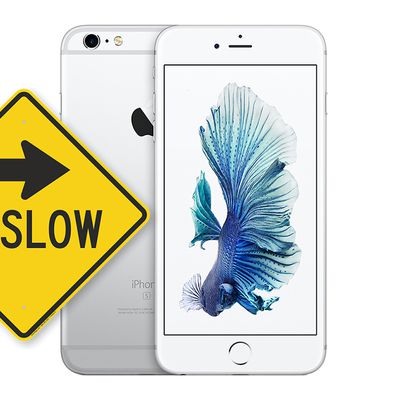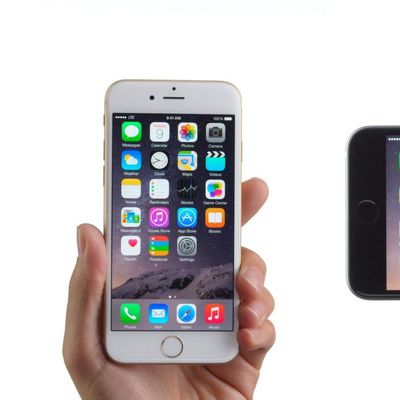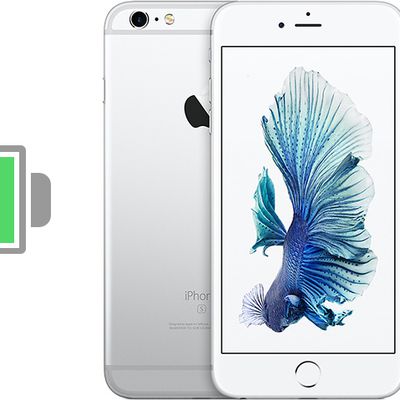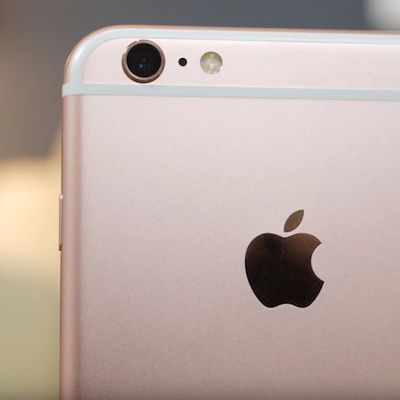These power management features throttle the processor on older iPhones with less than optimal batteries, resulting in slower performance. Though introduced early in 2017, the power management features were not widely publicized until late 2017, leading many customers to feel deceived by Apple.
Apple has apologized for not better explaining how battery health could impact performance and has since implemented a policy offering no-questions-asked $29 battery replacements for the iPhone 6 and later.
iOS 11.3 introduced more detailed information about battery health, letting customers know if the state of their battery is impacting processor performance. The update also allows the power management feature to be turned off. Initially, the iPhone 6, 6 Plus, 6s, 6s Plus, 7, 7 Plus, and first-generation SE were included, with the processor only slowed down occasionally when the battery can't meet the power demands of system-intensive tasks. The iPhone 8, 8 Plus and X were included as of iOS 12.1, and the iPhone XS, XS Max, and XR were added with iOS 13.1.
Replacing a degraded battery with a fresh battery successfully eliminates the power management feature and restores a device that was previously being throttled to its full performance capacity.
Apple is facing multiple lawsuits and government inquiries about its decision to throttle processor performance, but the company is adamant that the feature was not introduced to prompt customers to buy a new iPhone. Instead, it is meant to extend the life of an iPhone as long as possible, because in Apple's opinion, an iPhone that occasionally sees slower performance is preferable to one that shuts down.
To regain customer trust following criticism over its failure to disclose the throttling, Apple offered $29 battery replacements through the end of 2018 as well as a $50 credit to customers who paid for an out-of-warranty battery replacement for the iPhone 6 and later in 2017.



